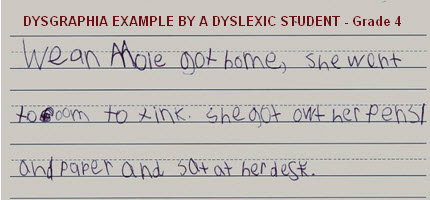8 Components of Usability
- Complexity / Simplicity refers to the amount of effort users devote to do what they want with the product.
- Learnability refers to the time used to accomplish tasks on the first use.
- Effectiveness is about the comparison of user performance against a predefined level
- Memorability refers to product’s ability to memorize the time, number of button clicks, pages, and steps used by users when they return to the device after a period of not using it.
- Efficiency refers to the time used to complete tasks.
- Readability / Comprehensibility refers to the Reading Speed.
- Satisfaction refers to the attitude of users toward applications after using them.
Real-life Usability Problems – PCs
- Keyboard layout may lead to RSI.
- Excessive use of a large, bright screen may cause eyesight problems and tire.
- Dark surrounding environment may lead to reflection on the screen.
- Mouse is designed for right-handed people.
Usability Problems and Ways to improve usability
Impairment & Disability
Impairment is the loss of psychological, or anatomical structure or functions. Disability is a lack of that structure or function. To improve the accessibility, we should not only consider about the usability to normal people but also disable people with special needs.
Visual Impairment
People with visual impairment have the degree of problems from vision deficiency to complete blindness. To ensure the accessibility, we should:
- Make Allowances For Enlarged Text
- Contrast is Key
- Be Mindful of Colors for Action Items
- Use Keyboard Shortcuts to Aid Navigation
- Braille input device
- Speech output device
See more information at: http://dwz.cn/5xtoaJ
Hearing and Speeching Impairment

People with hearing impairment problems cannot completely receive sounds through ears. People with speeching impairment have trouble forming sounds. There are devices like MAGpie and technology like automatic subtitle generator to solve their problems.
Dysgraphia & Dyslexia Impairment

People with dysgraphia problems has difficulties of writing and organizing writings. We can use technology to solve their problems. For example, mac can automatically decide the upper and lower case and correct spelling errors for users. Dyslexia patients have poor reading abilities due to distractions of the background and the surrounding environment. Bose earphone can send counter-noise sound wave to create a comparatively quiet environment for users.
Mobility impairment
Mobility impairment is the inability of a person to use one or more of his / her hands and feet, fingers and toes, and limbs, or the lack of muscle strength. e.g Parkinson’s disease. To improve usability, we can provide users with simpler interface with fewer buttons.
Human and Machine (moral and ethic)
Artificial Intelligence emphasizes the creation of intelligent machines that work and react like humans, such as visual perception, speech recognition, decision-making, and even translation between languages.
See more info at: https://www.icloud.com/keynote/0J0UCoXBWdSujXAi92Zot_ijQ#VR_%26_AI
Citations
“DYSGRAPHIA & DYSLEXICS”. Dyslexiavictoriaonline.com. N. p., 2017. Web. 18 Mar. 2017.
“Teaching Hearing Impaired Children”. Education for Today and Tomorrow | L’Education Aujourd’hui et Demain. N. p., 2012. Web. 18 Mar. 2017.
Core Computer Science. 1st ed. Berkshire: Express Publishing, 2016. Print.
“What Is Artificial Intelligence (AI)? – Definition From Techopedia”. Techopedia.com. N. p., 2017. Web. 19 Mar. 2017.
Cimms.ou.edu. N. p., 2017. Web. 19 Mar. 2017.
“Ethics And Artificial Intelligence: The Moral Compass Of A Machine”. Recode. N. p., 2016. Web. 19 Mar. 2017.
